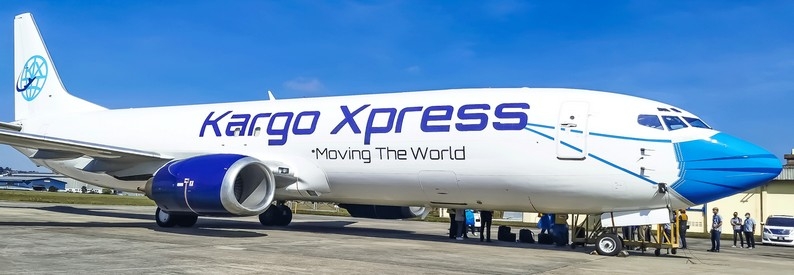According to a report issued by the Malaysian Aviation Commission (MAVCOM) on February 11 titled "The Economic Impact and Implications of the Civil Aviation Authority of Malaysia's Rating Downgrade", the country's carriers could see an annual revenue at risk of as much as MYR4 billion ringgit (USD873 million) as a result of a 2018 US Federal Aviation Administration (FAA) decision to downgrade Malaysia to IASA Category 2.
A Category 2 rating means that CAAM may be deficient in one or more organisational and/or operational areas in its technical regulation role. It was reported that there were 33 issues raised in the US FAA findings on technical expertise, trained personnel, record-keeping, and/or inspection procedures.
Malaysia's airlines were subsequently banned from expanding their US networks in November last year or indeed starting new routes, affecting both direct flights operated by Malaysian carriers and those operated jointly with US airlines such as American Airlines (AA, Dallas/Fort Worth). According to the ch-aviation schedules module, the following services and codeshares are operated between Malaysia and the US:
- AirAsia X (D7, Kuala Lumpur International) - daily service to Honolulu (via Osaka Kansai);
- Malaysia Airlines (MH, Kuala Lumpur International) and American codeshare on services including those between Tokyo Narita and Dallas/Fort Worth and Los Angeles International; between Seoul Incheon and Dallas/Fort Worth; Hong Kong International and Dallas/Fort Worth and Los Angeles; and London Heathrow to Charlotte International, Chicago O'Hare, Miami International, Dallas/Fort Worth, Los Angeles, New York JFK, Philadelphia International, and Raleigh/Durham.
The report estimated that the revenue at risk for the Malaysian aviation sector is MYR372 million ringgit (USD90 million) split between Malaysian carriers (MYR361 million ringgit/USD88 million) and airport operators (MYR11 million ringgit/USD2.7 million).
While this immediate impact is marginal, MAVCOM's report was concerned by the fact that other countries may undertake their own audits following the US FAA downgrade. Of particular worry are markets in China, Japan, and South Korea, which between them generated 7.1 million passengers for Malaysian airlines (11.4% of total passenger traffic) in 2018. The estimated revenue at risk for the Malaysian carriers is MYR4 billion (USD873 million) or 24% of total revenue. At the same time, the corresponding value for airport operators is MYR400 (USD97 million) or 25% of overall passenger service charge-related revenue.
MAVCOM's report also highlighted other Asian countries and their lack of success in returning to a Category 1 status in the short-term, something which Civil Aviation Authority of Malaysia (CAAM) believes can be done in 12 months. It took the Philippines six years (between 2008 and 2014) to return to Category I status, and Thailand remains at a Category 2 rating after being placed there in 2015.
The commission also suggested that "it is unclear how CAAM's organisational and/or operational deficiencies will be resolved effectively." This discord between the aviation authorities follows a decision by the Malaysian Cabinet in December to merge the country's aviation regulators into one entity, seeing MAVCOM disbanded and its responsibilities absorbed into CAAM. In conclusion, the report said: "The takeover of MAVCOM by CAAM is questionable as burdening CAAM with additional responsibilities over economic regulation will not aid its capacity to regain the Category 1 status."







